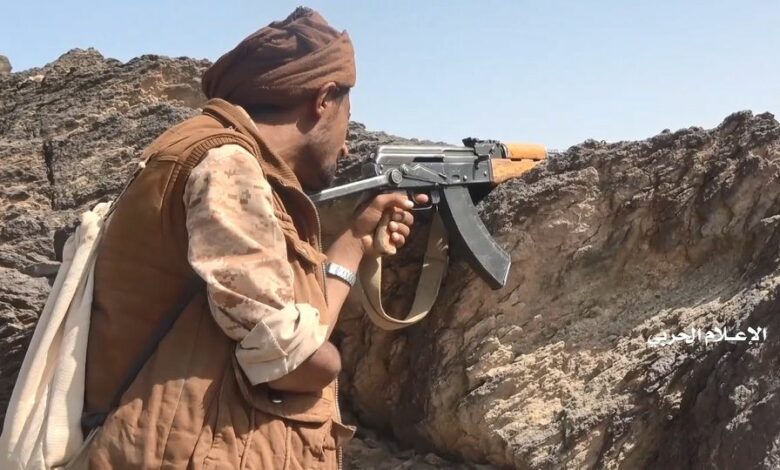
Abu Dhabi, UAE (CNN) – Yemen’s warring parties have agreed to a nationwide truce for the first time since 2016. Meant to last for two months but eligible for renewal, it is the most significant step towards ending the hostilities since the war began seven years ago, and a win for United Nations and United States mediators who for the past year have been trying to engineer a permanent peace deal.
The truce, agreed late last week, is meant to halt all military operations in Yemen and across its borders. It will also allow fuel imports into rebel-held areas, as well as allow certain flights to operate from Sana’a airport, according to the UN envoy.
The Yemen war has been described as the world’s worst humanitarian crisis. Seen as a proxy war between Saudi Arabia and Iran, the conflict is fought between a Saudi-led military coalition and the Houthi rebel group, which is backed by Tehran. Both countries have welcomed the ceasefire.
“I think it’s very interesting that you have both of these countries, who have struggled in their own relationship, both welcoming this important development,” US special envoy for Yemen Tim Lenderking told CNN’s Becky Anderson on Tuesday, adding that Iran’s support for the truce gives it an opportunity to follow through with efforts to deescalate regional conflicts.
“My hope is that with the steps of the last couple of days, we’re turning a corner,” he said.
CNN spoke to Peter Salisbury, senior Yemen analyst at International Crisis Group, about what the latest truce means for the war.
How different is this truce from previous ones?
The main difference with previous ceasefires is that it is time-bound — it is scheduled to last two months — and is not yet tied to a broader initiative beyond limited aims of letting fuel ships into Hodeidah port, reopening Sana’a airport to a small number of flights, and initiating talks over road access to the besieged city of Taiz.
How long have the other ceasefires lasted? What is the likelihood this one will?
This is the first nationwide truce since the period around peace talks in Kuwait in 2016. The Houthis and the Saudis directly oversaw a de-escalation of fighting in 2019. And of course, the UN negotiated a ceasefire around Hodeidah city in 2018.
The best-case scenario for the truce (which it should be noted is an informal and effectively self-policing agreement, unlike the Hodeidah ceasefire, which was at least partially monitored by the UN) is that it leads to the kind of holding pattern we saw around Hodeidah: sporadic fighting, shelling, and airstrikes, but nothing the parties consider a total violation, and significant shift in territorial control.
What do you make of the timing, as it is so close to the Iran deal?
There is of course going to be a lot of speculation about ties to the Iran deal, but I am yet to see any clear-cut evidence of links between the two. In reality, shifts in the internal conflict and the cross-border war between the Houthis and the Saudis — which saw the Houthis attack the UAE with missiles and drones in January and February — seem to have played the bigger role. UAE-aligned forces took back territory from the Houthis in January and significantly complicated their efforts to take Marib city and governorate by force. The Houthis responded with a fresh wave of attacks on Saudi Arabia and the UAE. For the time being at least, it’s clear that the status quo doesn’t work to the Houthis’ or the Saudis’ benefit, so they might as well give a truce a shot.
Where does this leave the internationally recognized government?
Given the Gulf-led talks going on in Riyadh, I think this is a broader question. The Saudis, with Gulf support, appear to be working to recalibrate the makeup of the [President Abdu Rabu Mansour] Hadi government to include a much wider array of factions. That would dilute Hadi’s role and influence in politics. The truce creates more space for this to happen and was allegedly pushed on the government by the Saudis. So, I suspect Hadi is not happy.
This interview has been edited for length and clarity




